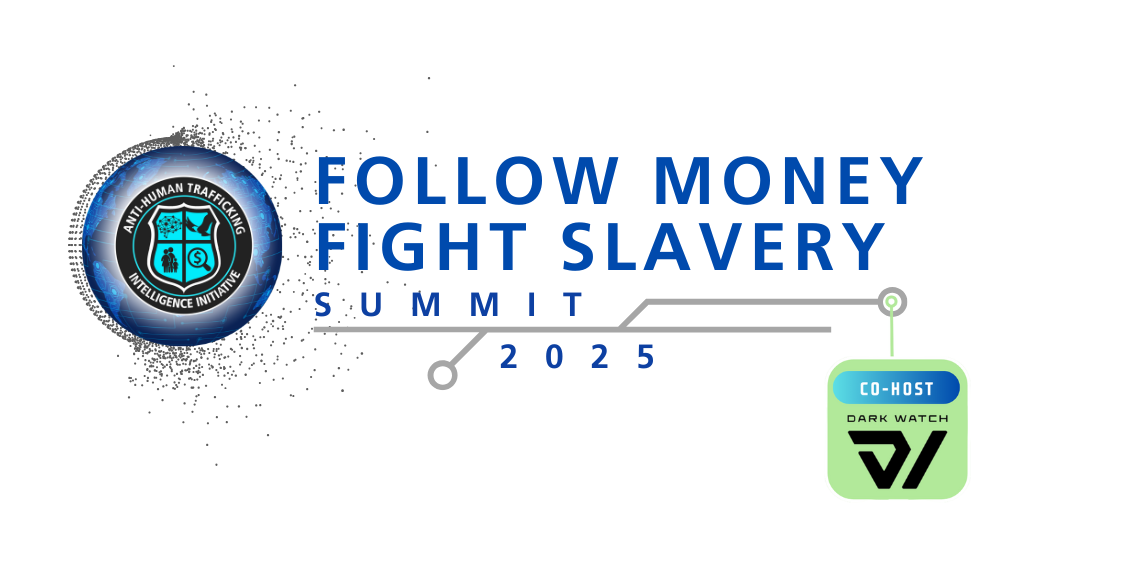
NGOCSTIP – Follow Money Fight Slavery Summit 2025 focused on new ways to combat human trafficking worldwide. Children at Risk hosted this important event. The summit addressed emerging threats and prevention strategies in the digital age. Experts from various fields gathered to discuss effective solutions. These included child safety organizations, law enforcement, and policy makers. Together, they explored the intersection of AI, social media, and trafficking. Practical tools were shared to protect youth from online exploitation. This collaboration marks a significant step toward ending modern slavery.
Artificial Intelligence (AI) was a key topic at the summit. Firstly, experts explained how AI helps track suspicious online behavior. For example, AI tools detect patterns that suggest trafficking activities. Meanwhile, traffickers exploit technology to target and recruit victims online. In particular, social media platforms enable covert communication and manipulation. However, speakers warned about the ethical risks of unchecked AI use. Therefore, developers must ensure that AI tools protect user privacy. Furthermore, communities need education on safe technology practices. Consequently, law enforcement gains better tools for rapid intervention. Ultimately, innovation must align with safety, ethics, and human rights goals.
“Read about: Wisconsin’s Human Trafficking Council Set to Enhance Victim Support and Enforcement”
Social media’s reach into daily life presents unique challenges. It exposes children and teenagers to new forms of exploitation. Traffickers often disguise themselves as friends or mentors online. The summit highlighted several case studies illustrating these dangers. Awareness campaigns were proposed to educate parents and youth. Schools and community groups can play vital roles in spreading knowledge. Social media companies were urged to enhance safety features. Algorithms must be improved to flag risky content quickly. Collaboration between tech companies and anti-trafficking groups is crucial. These combined efforts aim to reduce the chances of victimization.
The summit’s goal aimed to equip communities with effective tools. Organizers introduced training programs to recognize signs of trafficking. Law enforcement officers studied digital techniques for faster investigations. Experts explained victim support strategies focused on long-term care. Community leaders designed plans to protect vulnerable youth. Speakers highlighted grassroots efforts that stopped trafficking early. Delegates promoted partnerships between local and global organizations. Panelists examined funding options to sustain anti-trafficking programs. Leaders emphasized clear budgets to improve accountability and impact. Everyone agreed the fight against trafficking needs united action.
“Read more: Childhood Obesity Linked to Higher Risk of Colorectal Cancer in Adulthood”
Policy makers at the summit shared ideas to improve enforcement strategies. Furthermore, they emphasized international cooperation to stop trafficking networks. In response, new laws must match evolving trafficking tactics and digital platforms. This year, many governments plan to strengthen anti-trafficking legislation. For instance, countries discussed sharing data to track global trafficking activities. At the same time, they placed victim rights and protection at the center. As a result, speakers urged leaders to punish traffickers with strict legal consequences. Moreover, different sectors promised to work together and increase coordination. In addition, delegates also designed systems to measure policy success regularly. Ultimately, collaboration emerged as a crucial tool for long-term impact.
Follow Money Fight Slavery Summit 2025 demonstrated global commitment to ending human trafficking. By uniting diverse stakeholders, innovative strategies can be developed. Harnessing AI and technology responsibly enhances detection and prevention. Social media safety improvements protect vulnerable youth from exploitation. Community empowerment ensures local action complements global efforts. Strong policies and international cooperation provide a solid legal foundation. Ongoing dialogue and resource sharing maintain momentum in the fight. This summit marks a hopeful step toward a trafficking-free world.